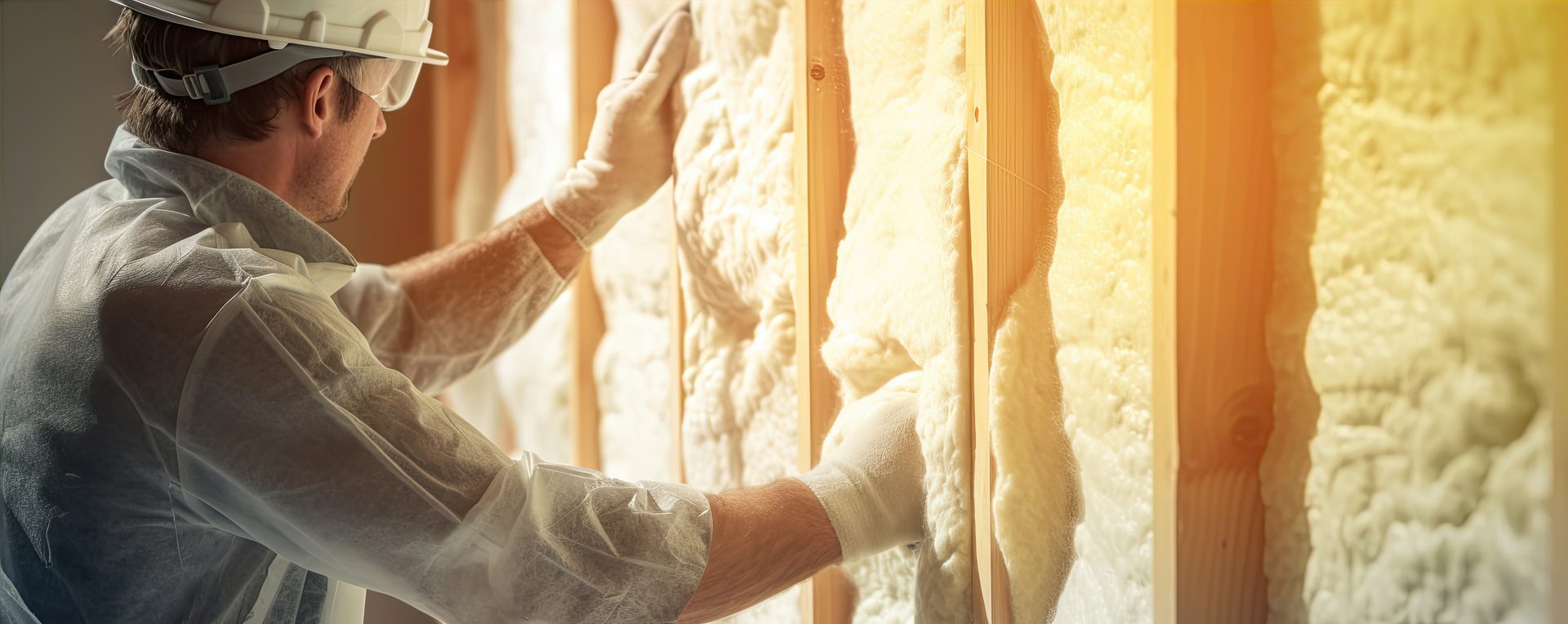xxxxxxx. By xxxxxx
xxxxx
xxxx
Making the landmark more sustainable with concrete. By Tracy Dacko
Statue of Liberty Museum Employs
Structural Thermal Breaks
xxxxxxxxxxxxxxx By xxxxxxxx
h2 - xxxx
h3 - xxxx
H1 headline
The 26,000-square-foot Statue of Liberty Museum located on Liberty Island in New York was designed to complement the experience of visitors to this important UNESCO heritage site by illustrating the sculpture’s historical significance and method of construction.
Opened in 2019, the award-winning, LEED Gold building features an expansive green roof with native plants that capture and filter storm water while creating a visual continuation of the island’s gardens. The asymmetrical structure is built of precast concrete with design accents in steel, granite, bronze and copper-zinc alloy, mirroring the materials used in building the statue and Fort Wood. Floor-to-ceiling windows of bird-friendly glass afford expansive views of the statue and New York Harbor.
Precast Concrete’s Effect
High thermal mass of the double-wall precast concrete wall panels—set on a cast-in-place foundation—contributes to sustainability by minimizing the effects of outdoor temperature swings, stabilizing interior temperatures. Specifying precast walls also avoided the environmental impact and scheduling delays of extensive formwork and ferrying of concrete trucks to the island, otherwise required for casting the walls in place.
“Sustainability was key to this design, and precast concrete was there to meet that need,” says Dan Piselli, director of sustainability and senior associate at FXCollaborative Architects.



Saving Energy
To minimize thermal bridging between the museum’s interior floor slab and exterior extension slab at the rear of the building, concrete-to-concrete structural thermal breaks supplied by Schöck North America were installed at the building envelope, reducing heat energy loss by up to 90 percent at the penetration.
Other energy-saving features include a high-performance envelope, high-performance chillers, an advanced lighting system with occupancy and vacancy sensors and LED lighting, and an energy-efficient HVAC system with demand-control ventilation. Collectively, these measures are projected to provide annual energy savings of 33 percent, with corresponding cost savings of 31 percent.
FXCollaborative was engaged as architects of record by The Statue of Liberty-Ellis Island Foundation, the nonprofit that since the early 1980s has overseen hundreds of projects on Liberty and Ellis Islands, including the centennial restorations of both monuments.
References
- xxxxxxxxxxx
- xxxxxxxxxxx
Images courtesy of Schock.
Tracy Dacko is the marketing manager of Schock North America. She has more than 20 years in strategic marketing management, including eight in the building products industry. She is former president of the New Jersey chapter of the Business Marketing Association, served on the Board of Trustees for PeopleCare Center for Human Services, and has authored numerous articles and published works.
